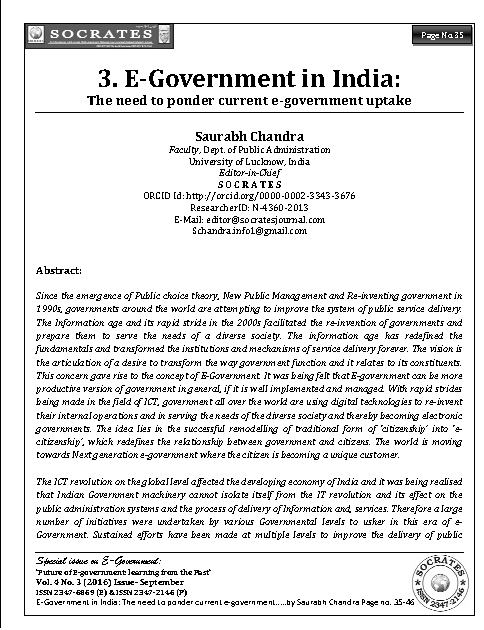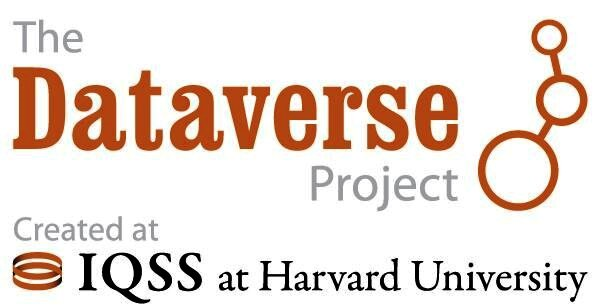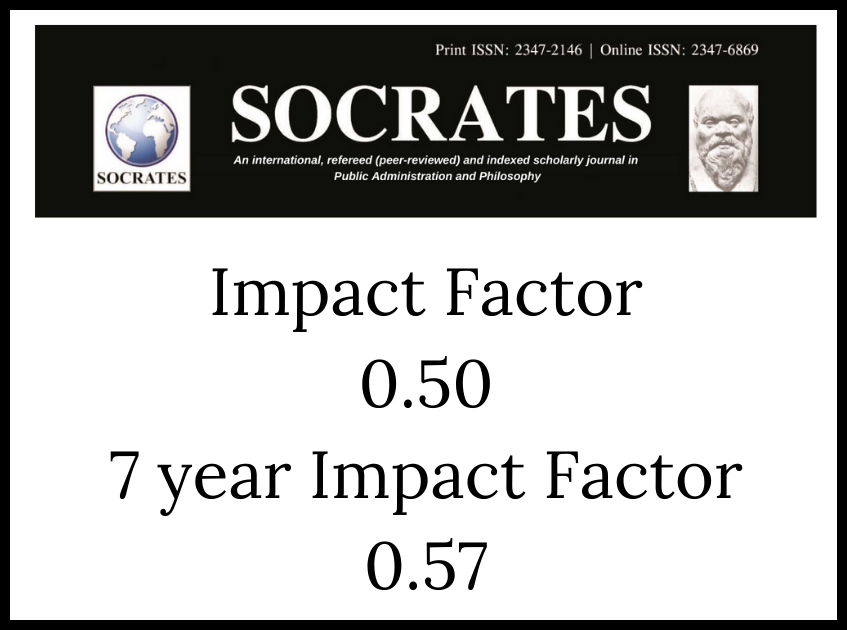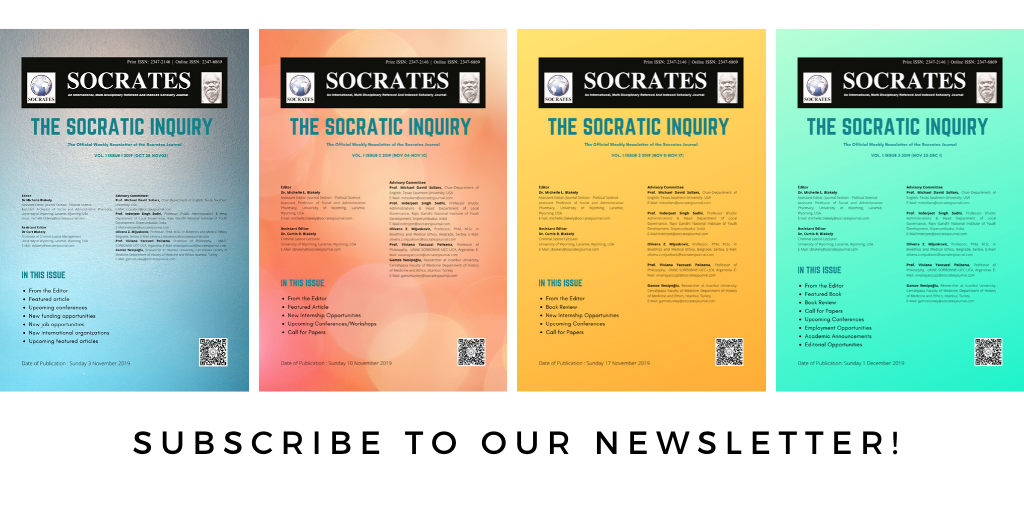E-Government in India
The need to study current e-government uptake
Keywords:
E-Government, Government, Citizen-centric, OECD, ICT, E-Government uptakeAbstract
Since the emergence of Public choice theory, New Public Management and Re-inventing government in 1990s, governments around the world are attempting to improve the system of public service delivery. The Information age and its rapid stride in the 2000s facilitated the re-invention of governments and prepare them to serve the needs of a diverse society. The information age has redefined the fundamentals and transformed the institutions and mechanisms of service delivery forever. The vision is the articulation of a desire to transform the way government function and it relates to its constituents. This concern gave rise to the concept of E-Government. It was being felt that E-government can be more productive version of government in general, if it is well implemented and managed. With rapid strides being made in the field of ICT, government all over the world are using digital technologies to re-invent their internal operations and in serving the needs of the diverse society and thereby becoming electronic governments. The idea lies in the successful remodelling of traditional form of ‘citizenship’ into ‘e-citizenship’, which redefines the relationship between government and citizens. The world is moving towards Next generation e-government where the citizen is becoming a unique customer.
The ICT revolution on the global level affected the developing economy of India and it was being realised that Indian Government machinery cannot isolate itself from the IT revolution and its effect on the public administration systems and the process of delivery of Information and, services. Therefore a large number of initiatives were undertaken by various Governmental levels to usher in this era of e-Government. Sustained efforts have been made at multiple levels to improve the delivery of public services and simplify the process of accessing them. The significance of E-government is being widely recognized as technological advancements facilitate the administrative systems by enabling Administrative Development and Effective service delivery.
This paper tends to highlight the initiatives taken by the Governments in India at various levels to modernise their processes and functions for delivery of information and services to the citizens, using the Information and Communication technology [ICT]. It also highlights E-Government uptake in different parts of the world, highlighting its need in India, as in developing countries like India, there is no comprehensive data on actual e-government uptake on a global scale.
Downloads
Metrics
References
Böhlen, M. (2005). E-Government: Towards Electronic Democracy: International Conference, TCGOV 2005, Bolzano, Italy, March 2-4, 2005, Proceedings Volume 3416 of Lecture Notes in Computer Science Lecture Notes in Artificial Intelligence (1st ed.). University of Zurich, Switzerland: Springer Science & Business Media.
Evans, G. (2003). Implementing e-government (1st ed.). Aldershot, Hants, England: Gower.
Government of India,. (2000). Information Technology Act, 2000. MINISTRY OF LAW, JUSTICE AND COMPANY AFFAIRS (Legislative Department). Retrieved from http://www.dot.gov.in/sites/default/files/itbill2000_0.pdf
Implementing e-government. (2004) (1st ed.). Bangkok.
Jeong (2007), Fundamental of Development Administration. Selangor: Scholar Press
Meier, A. (2012). EDemocracy & eGovernment (1st ed.). Dordrecht: Springer.
Moulin, B. & Kettani, D. (2014). E-government for Good Governance in Developing Countries: Empirical Evidence From the EFez Project (1st ed.). Anthem Press India.
Norris, D. (2007). Current issues and trends in e-government research (1st ed.). Hershey, PA: Cybertech Pub.
Obi, T. (2010). The innovative CIO and e-Participation in e-Government initiatives (1st ed.). Amsterdam: IOS Press.
OECD e-Government Studies The e-Government Imperative. (2003) (1st ed.). OECD, OECD Publishing.
Oliver, E. & Sanders, L. (2004). E-government reconsidered (1st ed.). Regina, Sask.: University of Regina, Canadian Plains Research Center.
Poonam, M., Priyanka, D., & Poonam, V. (2014). Challenges and Future Prospects for E-Governance in India. IJSETR, 3(7), 1964-1972.
United Nations Department of Economic and Social Affairs,. (2014). United Nations EGovernment Survey 2014. UN.
United Nations E-Government Survey 2012: E-Government for the people (Chapter 6: Expanding usage to realize the full benefits of e-Government) Available from http://unpan3.un.org/egovkb/Portals/egovkb/Documents/un/2012Survey/unpan048 065.pdf
United Nations E-Government Survey 2014: E-Government for the future we want (Chapter 7:E-Government for the post-2015 era: the usage perspective) Available from http://unpan3.un.org/egovkb/portals/egovkb/documents/un/2014-survey/egov_ complete_survey-2014.pdf

Downloads
Published
How to Cite
Issue
Section
Categories
License
Revised Copyright/CC license that applies to all the articles published after 05-02-2017
Attribution-NonCommercial 4.0 International (CC BY-NC 4.0)

Copyright/CC license that applies to all the articles published before 05-02-2017
Attribution-Non Commercial-No Derivatives 4.0 International (CC BY-NC-ND 4.0)

Author(s) will retain all the right except commercial and re-publishing rights. In the case of re-publishing, they will have to obtain written permission from the journal. Additional licensing agreements (Creative Commons licenses) grants rights to readers to copy, distribute, display and perform the work as long as you give the original author(s) credit, they can not use the works for commercial purposes and are not allowed to alter, transform, or build upon the work. For any reuse or distribution, readers and users must make clear to others the license terms of this work. Any of these conditions can be waived if you get permission from the copyright holders. Nothing in this license impairs or restricts the authors’ rights. To view a copy of this license, visit http://creativecommons.org/licenses/by-nc-nd/4.0/ or send a letter to Creative Commons, 171 Second Street, Suite 300, San Francisco, California, 94105, USA.
Research Papers published in SOCRATES are licensed under an Attribution-NonCommercial-NoDerivatives 4.0 International (CC BY-NC-ND 4.0)




















